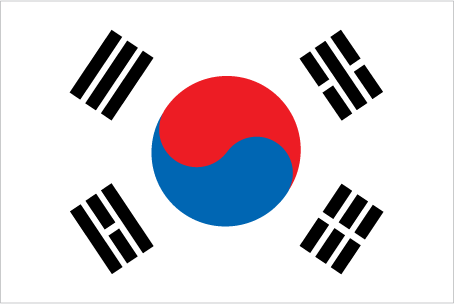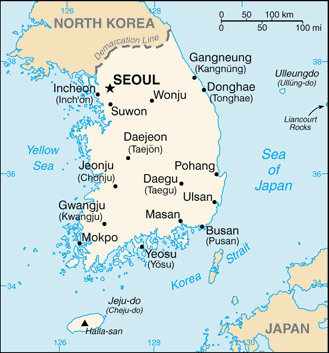Investing in South Korea


Since the 1960s, South Korea has achieved an incredible record of growth and global integration to become a high-tech industrialized economy. Four decades ago, GDP per capita was comparable with levels in the poorer countries of Africa and Asia. In 2004, South Korea joined the trillion dollar club of world economies, and currently is among the world's 20 largest economies. Initially, a system of close government and business ties, including directed credit and import restrictions, made this success possible. The government promoted the import of raw materials and technology at the expense of consumer goods, and encouraged savings and investment over consumption. The Asian financial crisis of 1997-98 exposed longstanding weaknesses in South Korea's development model including high debt/equity ratios and massive short-term foreign borrowing. GDP plunged by 6.9% in 1998, and then recovered by 9% in 1999-2000. Korea adopted numerous economic reforms following the crisis, including greater openness to foreign investment and imports. Growth moderated to about 4-5% annually between 2003 and 2007. With the global economic downturn in late 2008, South Korean GDP growth slowed to 0.2% in 2009. In the third quarter of 2009, the economy began to recover, in large part due to export growth, low interest rates, and an expansionary fiscal policy, and growth exceeded 6% in 2010. The South Korean economy's long term challenges include a rapidly aging population, inflexible labor market, and overdependence on manufacturing exports to drive economic growth.
Bank of Korea - http://www.bok.or.kr/
Chevron South Korea - http://www.chevron.com/countries/southkorea/
Korea Exchange - http://www.krx.co.kr/
Kookmin Bank (NYSE: KB) - http://www.kbstar.com/
Hana Financial - http://www.hanafinancial.com/
Countries that border South Korea: North Korea
Learn more:
Back to Country Investing



